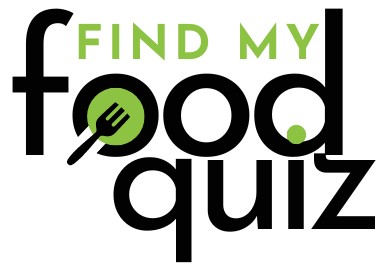Meal delivery kits have transformed the way we think about cooking at home, offering convenience, variety, and the opportunity to explore new cuisines without the hassle of extensive meal planning. But have you ever wondered what goes on behind the scenes? How are these meal kits created, packaged, and delivered to your doorstep? Let’s take a closer look at the fascinating process that brings your weekly meals from the farm to your kitchen.
Step 1: Menu Planning and Recipe Development
The journey of a meal delivery kit begins with menu planning and recipe development. Culinary teams, often consisting of chefs, nutritionists, and food scientists, collaborate to create balanced and exciting recipes. This stage involves several key considerations:
- Seasonality: Freshness is paramount. Meal kit providers often design their menus around seasonal produce to ensure the best flavor and quality.
- Dietary Preferences: With the increasing demand for various dietary options—such as vegetarian, vegan, gluten-free, and keto—meal kit companies strive to accommodate a wide range of eating habits.
- Flavor Profiles: Culinary teams experiment with different flavor combinations and cooking techniques to create dishes that appeal to diverse palates. This creativity is crucial for keeping the menu exciting and engaging for customers.
Step 2: Sourcing Ingredients
Once the recipes are finalized, the next step is sourcing the ingredients. This involves partnerships with farmers, suppliers, and distributors to ensure the freshest and highest-quality components are used in each kit.
- Local Sourcing: Many meal delivery companies prioritize local and sustainable sourcing. This not only supports local economies but also reduces the carbon footprint associated with transportation.
- Quality Control: Rigorous quality control measures are implemented to ensure that ingredients meet safety and freshness standards. This may include inspecting produce for ripeness, checking expiration dates on packaged goods, and testing for allergens.
Step 3: Assembly and Packaging
With ingredients in hand, the assembly process begins. This stage is critical to ensuring that each meal kit is complete and accurately reflects the recipe.
- Pre-Portioning: Ingredients are carefully measured and pre-portioned to minimize food waste and make cooking easier for consumers. For example, spices, sauces, and grains are often packaged in just the right amounts for each recipe.
- Packaging: Meal kits are typically packaged in insulated boxes with ice packs to maintain freshness during transit. Eco-friendly packaging options are increasingly being adopted, reflecting a growing commitment to sustainability in the industry.
- Labeling: Each kit comes with clear labeling, including nutritional information and cooking instructions. This transparency helps consumers make informed choices about their meals and cooking processes.
Step 4: Quality Assurance
Before the meal kits leave the facility, they undergo quality assurance checks. This step ensures that each kit contains all necessary ingredients and that everything is fresh and safe to eat.
- Final Inspections: Staff members conduct thorough checks to verify that every kit is complete and meets the company’s quality standards. Any discrepancies or quality issues are addressed before shipping.
- Feedback Loop: Many companies have systems in place to gather customer feedback on recipes and ingredient quality, which helps inform future menu planning and ingredient sourcing.
Step 5: Delivery
Once the kits are packaged and ready, they are shipped to customers’ homes. This delivery process is designed to be efficient and timely.
- Shipping Logistics: Meal delivery services typically use third-party logistics companies to handle shipping. This ensures that kits are delivered quickly and efficiently, often within a few days of assembly.
- Tracking: Many services provide tracking information, allowing customers to monitor their kits as they make their way to their doorstep. This transparency enhances the customer experience and builds trust.
Conclusion
The creation and packaging of meal delivery kits is a complex process that involves careful planning, sourcing, and quality control. From menu development to the moment the kit arrives at your door, each step is designed to ensure that you receive fresh, nutritious meals that are easy to prepare. As the demand for meal delivery services continues to grow, understanding the behind-the-scenes efforts can deepen your appreciation for the convenience and quality these kits offer. So the next time you unpack your meal kit, you’ll have a better idea of the journey it took to make it to your kitchen!

